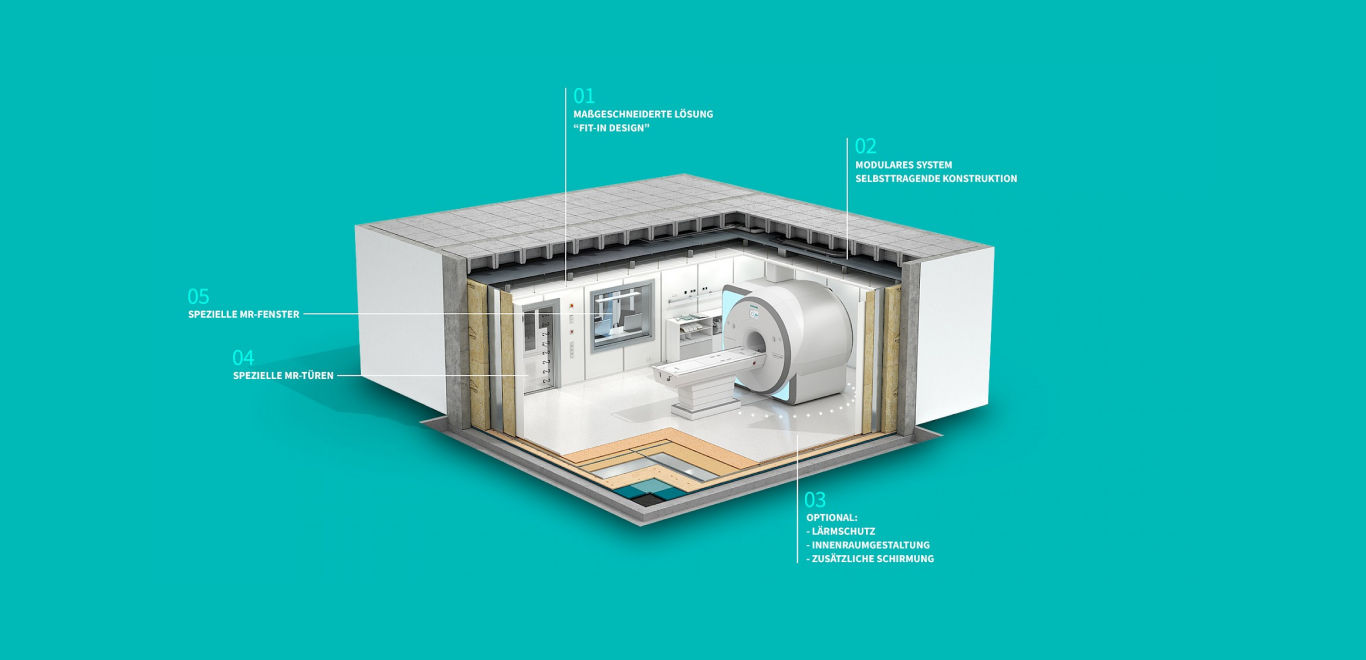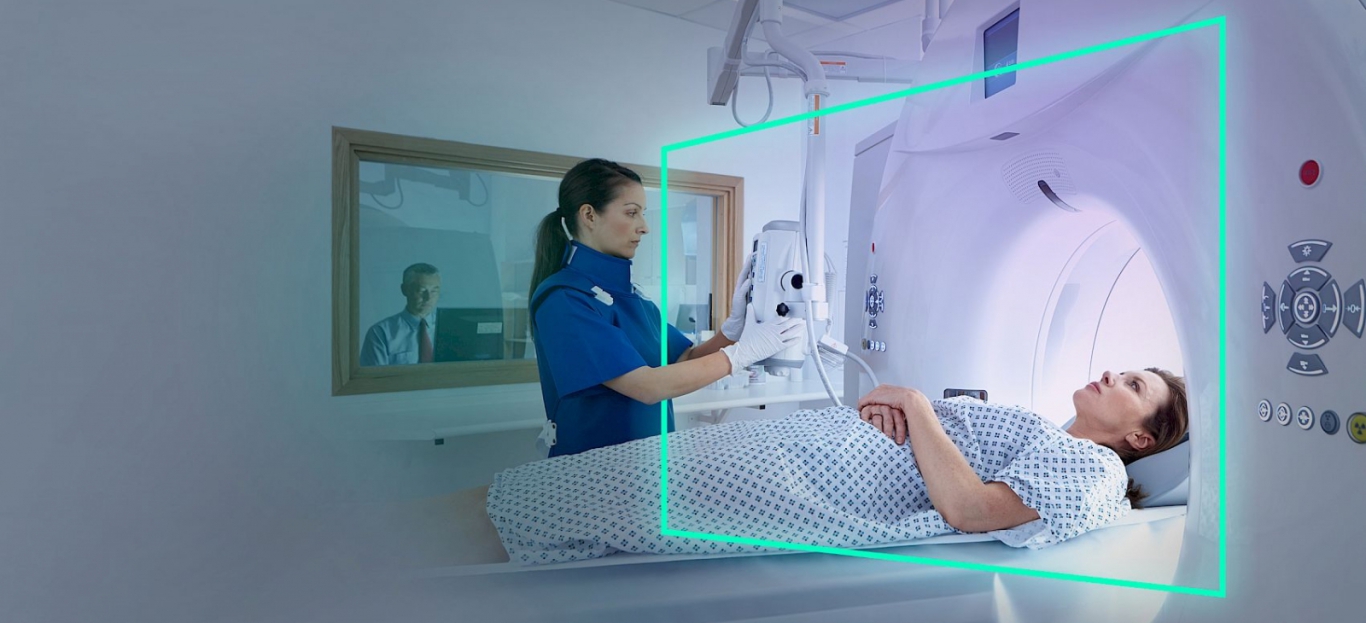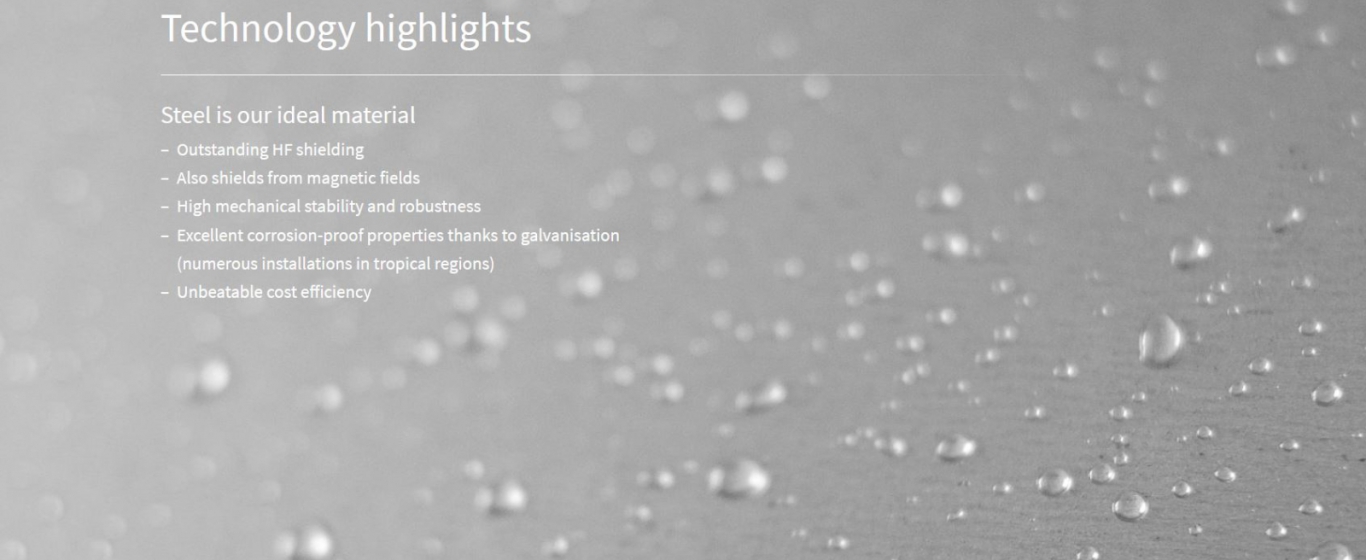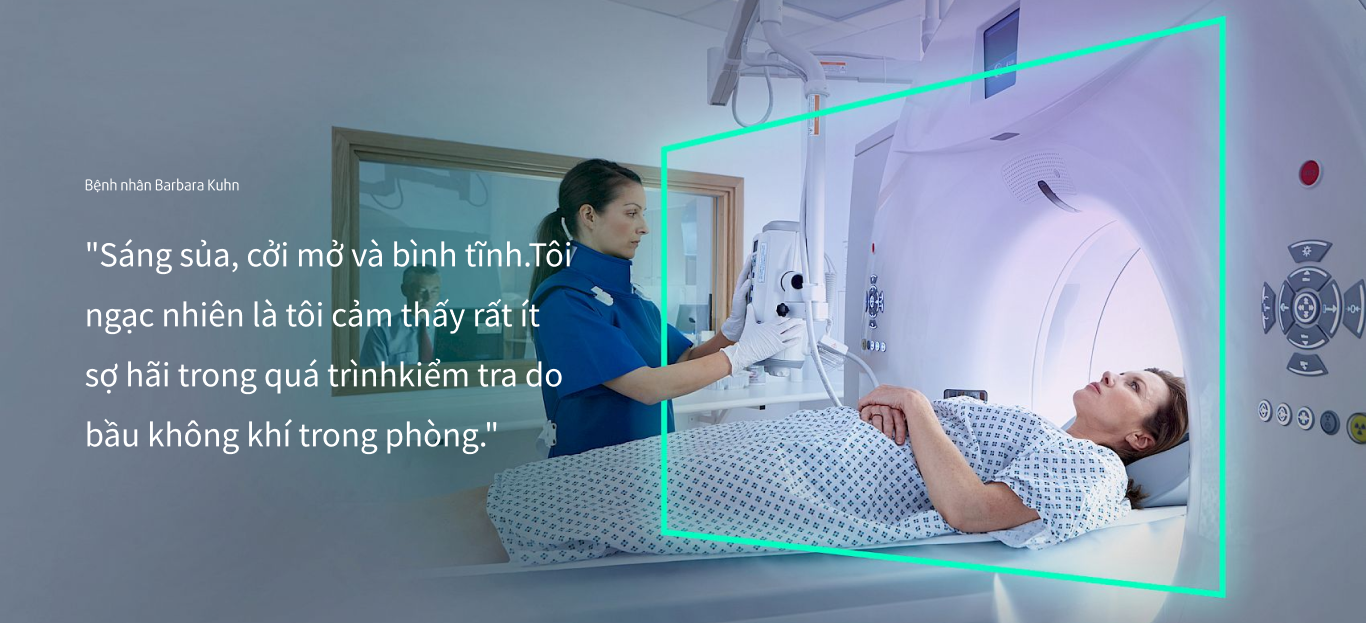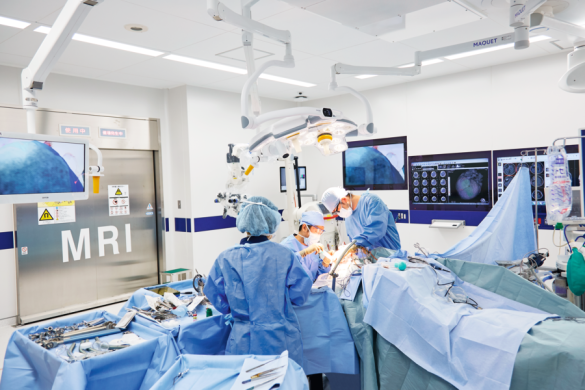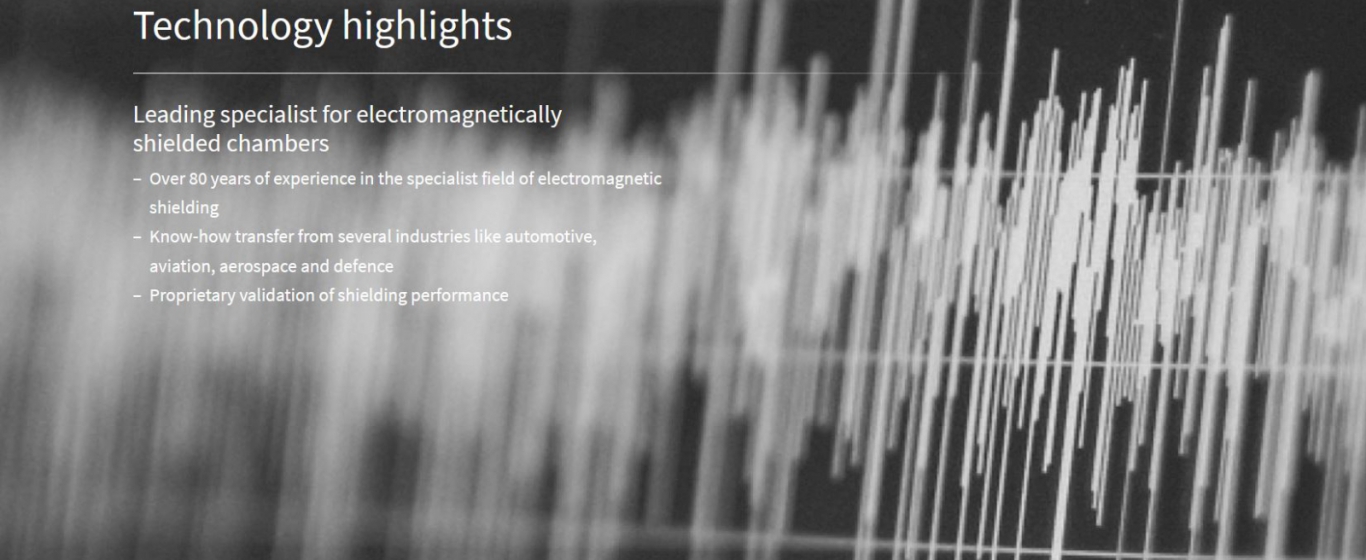 info@chianh.com
info@chianh.comVietnamese
English
23
About service
Installation of the MRI room, including measurement of shielding attenuation, or delivery of a kit model
Tailored services, based on the requirements
Shielding of electromagnetic radiation
Highly stable, bolted modules made of ferromagnetic steel or non-magnetic aluminium
Shielding of the MRI magnetic field
Additional ferromagnetic shielding with structural steel, electrical steel (Stabolec) or ARMCO pure iron
Individual spatial adjustments
Consideration of slanted rooms, beams and pillars
Individual interior design and features
For instance: fully glazed doors, surface design, fitted shelves/cabinets, light design, visual entertainment
Installation and connection of air conditioning and electrics
Reliable consideration of technical shielding requirements
System Components
Magnetic shielding
It may be necessary to install magnetic shielding to contain the MRI magnetic field in order to prevent interference with electrical devices outside the MRI room, for instance cardiac pacemakers. Here, the magnetic field strength must not exceed the threshold defined in E DIN VDE 0848-3-1.
The second function of magnetic shielding is to prevent impairment due to interference from outside. Possible sources of interference include large, moving ferromagnetic masses such as travelling elevators or cars driving past the building. Albatross Projects examines the situation on the ground and plans suitable and necessary measures for magnetic shielding.
Ferromagnetic materials are used to shield the MRI's magnetic field. They function by magnetising the shield, which considerably weakens the magnetic field acting on the outside.
Portfolio
– Magnetic shielding made of structural steel S235 (St 37)
– Magnetic shielding made of electrical steel (Stabolec)
– Magnetic shielding made of ARMCO pure iron
Electromagnetic shielding
Stable barrier for electromagnetic radiation/alternating fields
The MRI room is shielded according to the principles of a Faraday cage. A completely closed frame of metal ensures that electromagnetic radiation cannot penetrate or escape from the examination chamber. This guarantees that the sensitive sensor technology in the MRI is not disturbed by the high-frequency radiation from outside.
Bolted shielding modules made of durable, corrosion-protected metal
In our shielding, we only use durable, resilient materials that guarantee stable performance for many decades.
The shielding modules made of galvanised steel or aluminium that we use are always bolted together to achieve even greater strength and durability compared to structures made of wood and others that are merely clamped together. We use a special HF sealing tape to ensure perfect HF impermeability at the contact points between the modules.
Our materials: galvanised steel or aluminium
For the shielding of MRI rooms, Albatross Projects uses ferromagnetic, galvanised steel modules, non-magnetic aluminium modules or a combination – depending on the MRI manufacturer's shielding specifications. Our galvanised steel modules come with the advantage of providing effective magnetic shielding in addition to electromagnetic shielding. In many cases, separate magnetic shielding will therefore be unnecessary. Moreover, galvanisation reliably protects the steel modules from corrosion. This is confirmed by numerous Albatross Projects installations in tropical climate zones.
Self-supporting design
Independent structure for unbeatable long-term stability
Albatross Projects builds MRI rooms as room-in-room structures. This guarantees physical independence from the surrounding building. We consciously refrain from using wood to exclude the risk of distortion, for instance through exposure to moisture.
In regard to the transfer of structure-borne sound and vibration, self-supporting structures offer the best possible isolation from the main building and hence ideal sound insulation and vibration damping. Other advantages of the construction include its modularity and therefore adaptability. Replacing the MRI device, enlarging the MRI room or moving the MRI room to an entirely different location are therefore comparatively simple.











